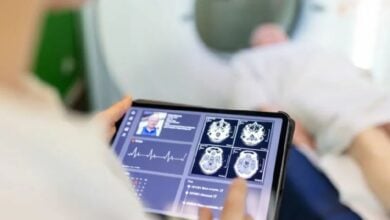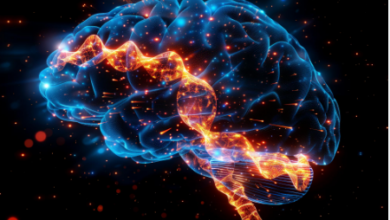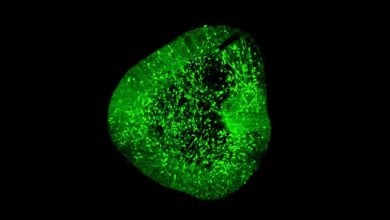Stem Cell Breakthroughs Promise Hope for Humanity

The field of stem cell research continues to make significant strides, offering immense potential for treating a multitude of diseases and revolutionizing the field of medicine. These microscopic marvels hold the remarkable ability to develop into various cell types, offering hope for regenerating damaged tissues and organs.
Stem cell research offers a spectrum of services to humanity. It helps in regenerating damaged tissues, potentially reversing the effects of injuries, degenerative diseases, and aging. Stem cells also allow scientists to study diseases in a controlled environment, leading to better understanding and targeted therapies. In addition, they aid in drug testing, reducing reliance on animal models and accelerating drug discovery.
Stem cells have the potential to treat a vast array of diseases, including neurodegenerative disorders like Parkinson’s and Alzheimer’s, heart diseases, and diabetes. By replacing damaged or diseased cells with healthy ones derived from stem cells, scientists aim to achieve true biological repair.
Obtaining embryonic stem cells raises ethical concerns as it involves the destruction of a blastocyst, an early-stage embryo. This has led to ongoing debates about the moral implications of this research. Using embryonic stem cells in therapies also poses a risk of immune rejection, as the recipient’s body might recognize the cells as foreign. Researchers are currently exploring strategies to address these issues.
Combining gene editing tools like CRISPR with stem cell therapy is proving highly promising. Genetically modified stem cells can be used to correct faulty genes that cause diseases, offering a potential cure for genetic disorders.
Scientists are doing breakthrough research to use stem cells for tissue engineering. By harnessing the potential of stem cells to create functional tissues in a lab setting, scientists envision bioprinting replacement organs for transplantation, addressing the critical shortage of donor organs.





